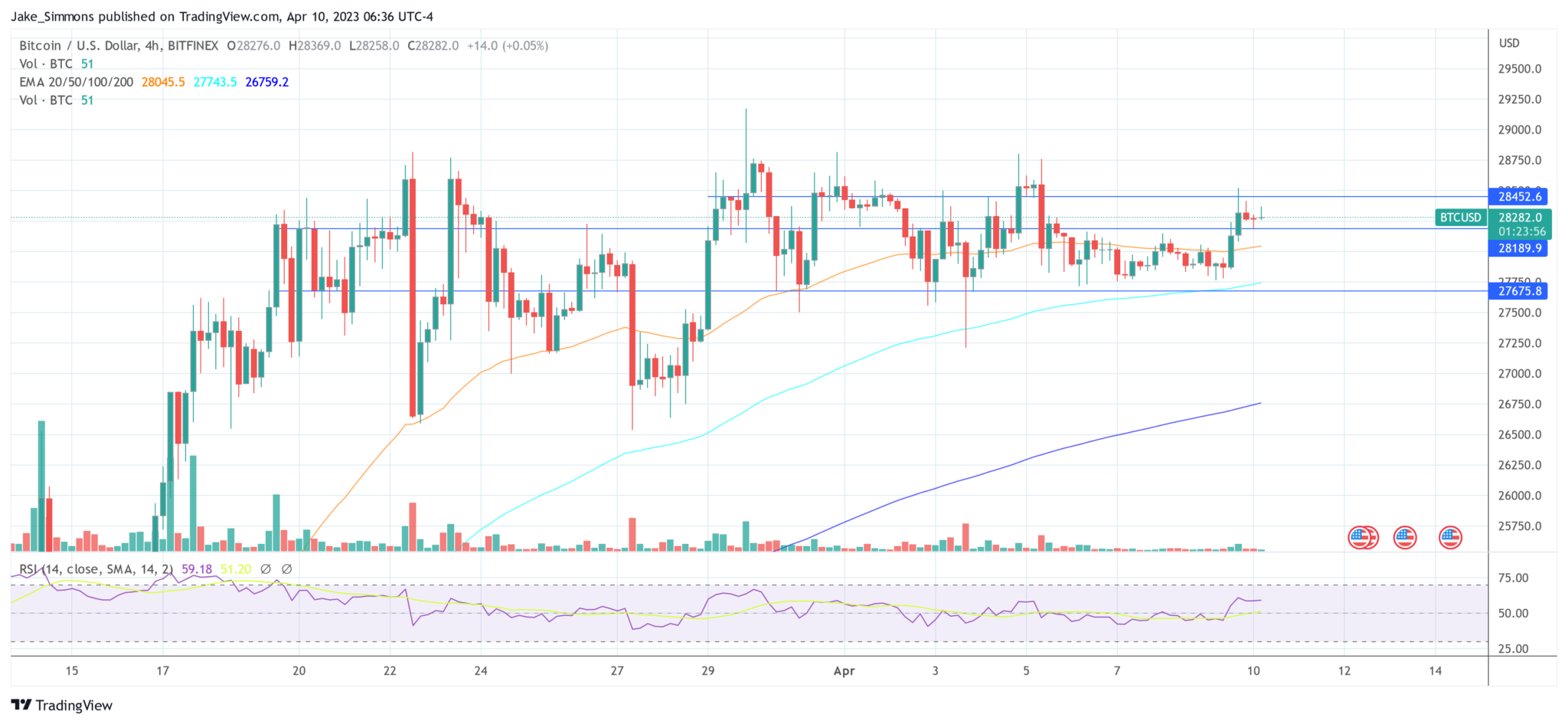The New York Times has once again published an inflammatory article about Bitcoin mining full of misinformation. Although leading Bitcoin researchers were quick to refute the information and data as biased and false, the article remains online in an effort to push BTC into the corner of a climate sinner.
One of the leading Bitcoin environmentalists and researchers, Daniel Batten, has picked apart the New York Times piece and data to the core, revealing that the article lacks any journalistic integrity. As Batten discussed at length on Twitter, the mainstream publication only cherry-picked the data that fit its “Bitcoin is bad” leitmotif.
Remarkably, this is not the first time the Bitcoin and crypto community has been enraged by The New York Times. The publication was heavily criticized late last year for publishing a “breathless love letter” to Sam Bankman-Fried, even though his billion-dollar fraud had long since been exposed.
Bitcoin Activist Sets The Record Straight
For Bitcoin mining industry insiders, it is already obvious at first glance that the NY Times article cannot be trusted. The NY Times’ table of top BTC miners is grossly inaccurate, as reported by Batten, who collected actual data over an 8-month period.
According to Batten, the NY Times article overstates the emission levels of mining companies Riot, Atlas, Cipher Mining, US Bitcoin Corp, Rhodium and Bitdeer by an average of 81.7%. Furthermore, there is ample evidence that the NY Times has cherry-picked data massively to support its thesis.
For example, there are currently 26 mining companies in the US and Canada that use more than 90% sustainable energy. Of these, the NY Times included only two in its data (Cleanspark and Terawulf). Within those two, the journalists focused on the least renewable energy-based sites and neglected those that are predominantly renewable.
“This is inception-like cherry-picking: cherry-picking within cherry-picking,” said Batten, who further says that the “article is full of such transgressions of genuine objective reporting.”
Further, Batten accuses the publication of not saying any positive word about the “demand response program,” in which Bitcoin miners play an essential role for grid operators by being able to throttle their power consumption on short notice during grid instabilities. Batten says:
The NY Times article attempts to create the impression that Bitcoin miners are costing citizens money by taking a cut of “demand response” revenue. By witholding context, their angle is designed to create moral outrage for something that is necessary to grid stability.
But that’s not all. According to Batten, there are a total of nine signs that reveal the bias of the alleged investigation. Among them is the fact that responsible people from the energy industry do not have their say. In the past, they have repeatedly acknowledged that BTC Mining promotes the expansion of renewable energies and stabilizes the grid.
TEXAS GOVERNOR: “#Bitcoin mining is good for the grid.” pic.twitter.com/WgFQPg6Xtj
— Dennis Porter (@Dennis_Porter_) November 27, 2022
“No objective assessment of the consumer-benefit and renewable operator benefit of establishing a floor price for all variable renewable energy so that renewable operation can scale faster (as it has at >4% per year in ERCOT since 2021),” Batten added.
Moreover, there is also no objective reference to previous reports (including CNBC) on how BTC mining stabilized grids during winter storms. Data from Lancium and ERCOT network operators confirming this is nowhere to be found.
Likewise, no objective evidence can be found that BTC mining has a built-in economic incentive to be a non-competing consumer of electricity.
An executive at mining company Riot Platforms echoed Batten’s criticism. Vice President Pierre Rochard countered the New York Times to set the record straight about misinformation about his company in the article.
According to the NY Times, Riot’s mining operation in Rockdale, Texas, uses about the same amount of electricity as the next 300,000 homes, “making it the most electricity-intensive Bitcoin mining operation in America.”
Rochard called on the NY Times to disclose the methodology and simulation to reveal how the data was calculated.
NYTimes couldn’t be bothered to fact-check the first sentence of their #Bitcoin mining article.
They don’t care about their credibility, they just want to defraud their readers into believing falsehoods. https://t.co/06lpNjRiGg
— Pierre Rochard (@BitcoinPierre) April 10, 2023
As Bitcoinist reported, Daniel Batten just recently published a new research stating that the main energy source of BTC mining is hydropower, which accounts for 23% of the total energy. Fossil fuels have decreased by a total of 6.2% per year since January 2020. Overall, Bitcoin is the most sustainable industry in the world.
At press time, the Bitcoin price stood at $28,282, still consolidation below the key resistance area at $28,600.

 bitcoinist.com
bitcoinist.com